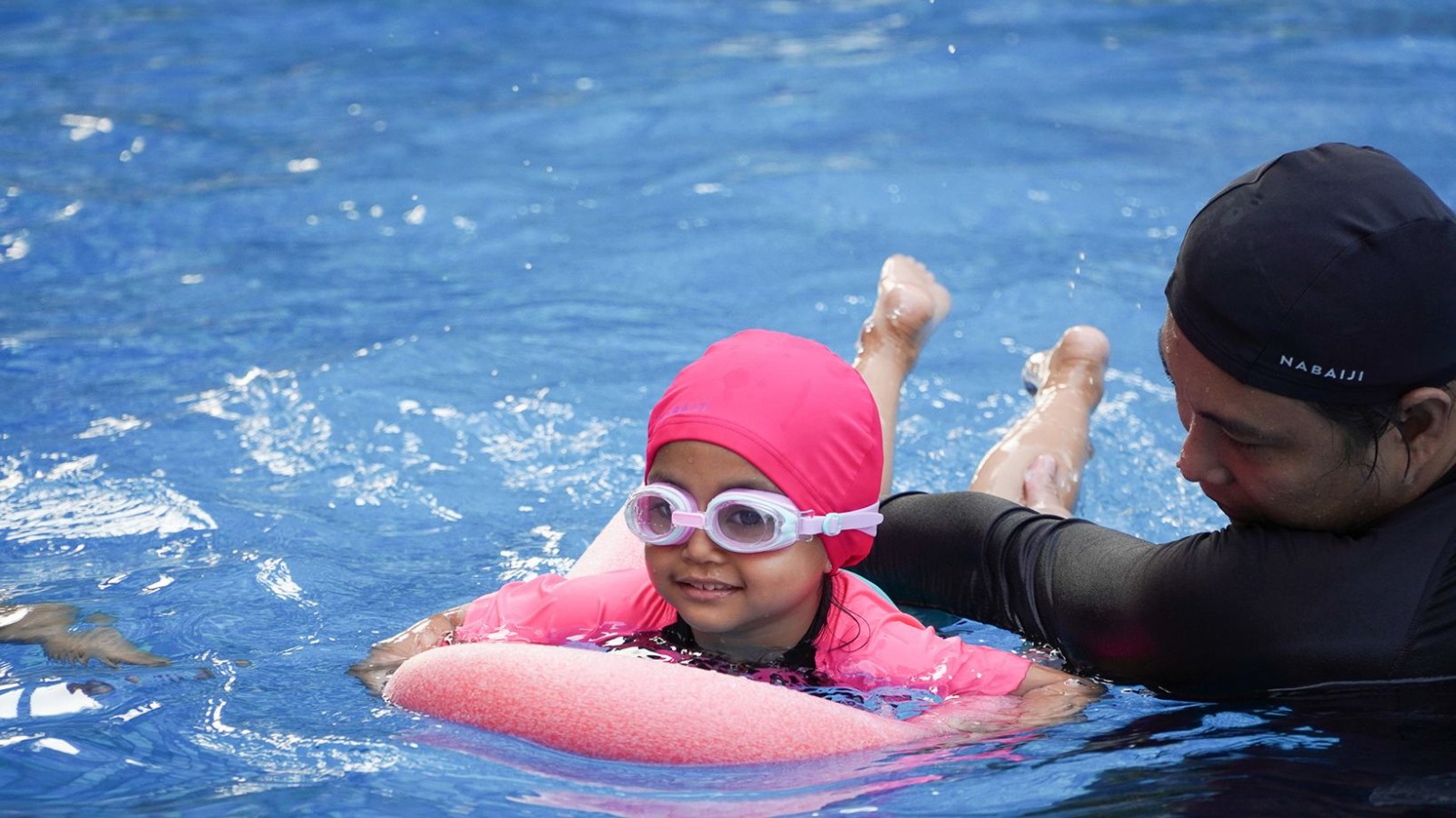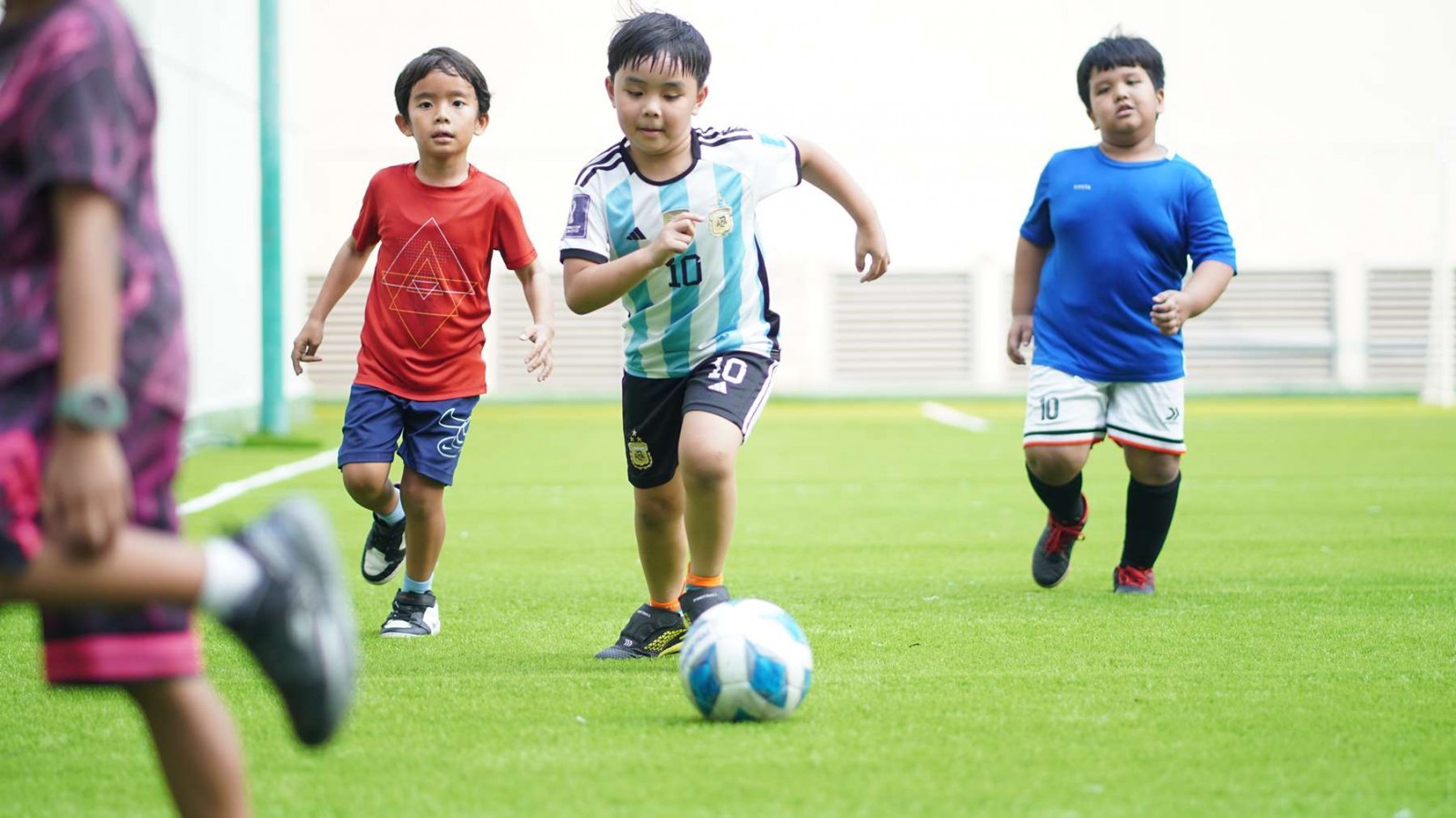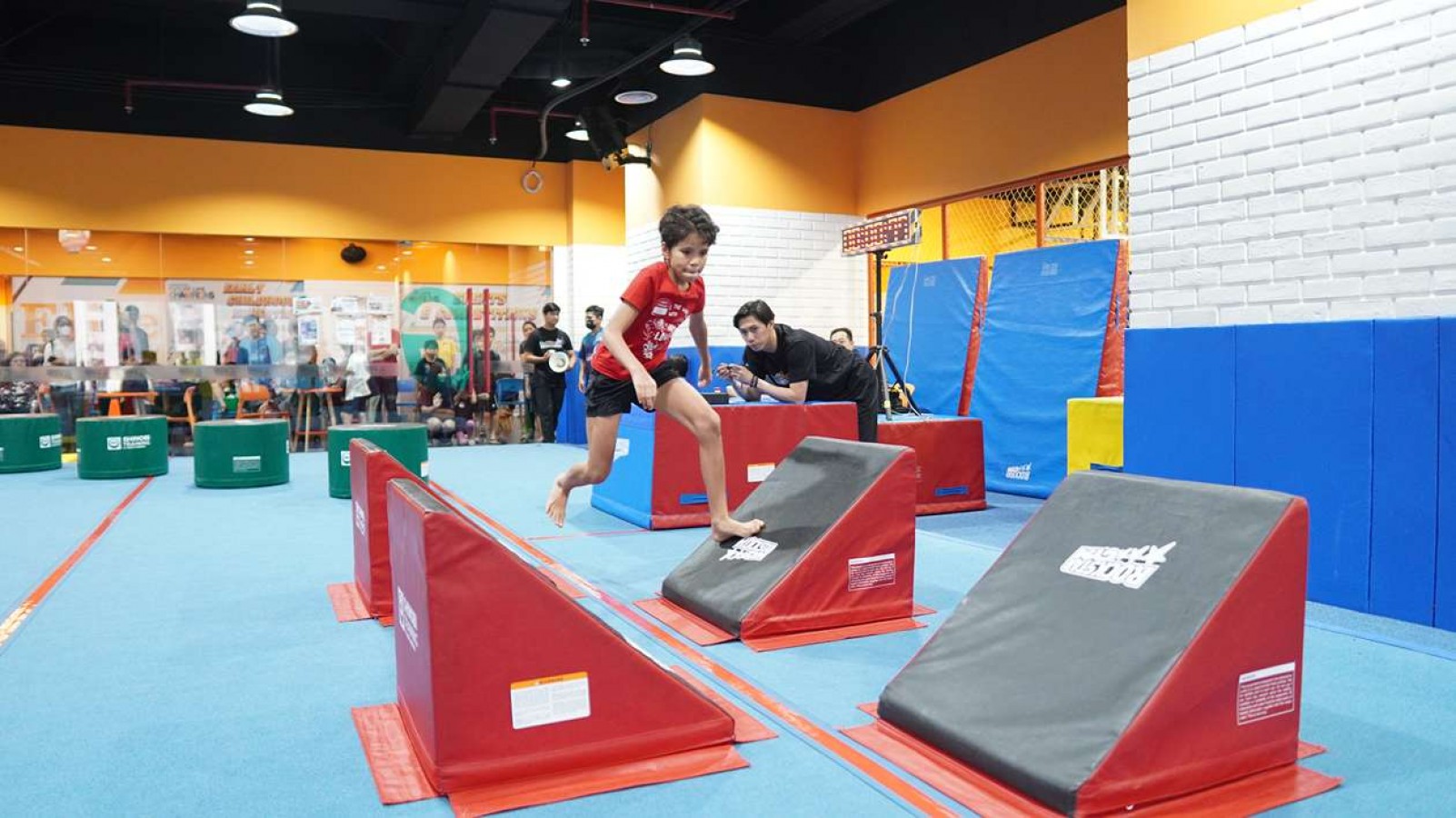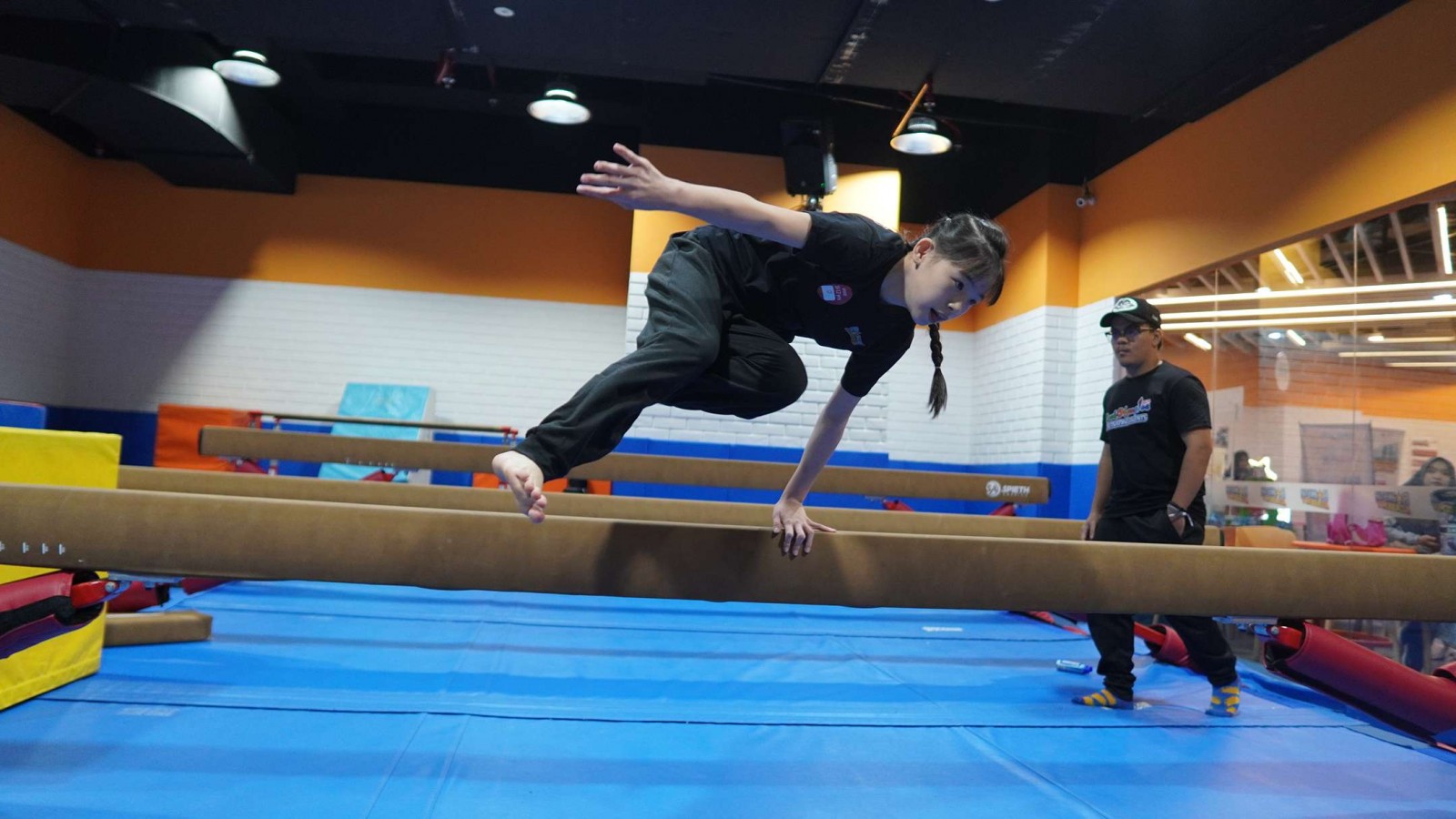Water Safety and Drowning Prevention for Kids

Swimming offers numerous benefits for babies, making it an excellent activity to incorporate into their early development. The water activities are a favorite pastime for many families, providing fun, exercise, and a chance to cool off during hot weather. However, water can also pose significant risks, particularly for children.
Drowning is a leading cause of injury-related death among children ages 1-4, and it's the second leading cause of unintentional injury death for children ages 5-14. Ensuring water safety and teaching children how to be safe around water is crucial to preventing these tragic accidents.
This article will delve into water safety, the importance of teaching it to children, what it means to be water competent, drowning prevention strategies, and what to do in an emergency.
Importance of Teaching Water Safety to Kids
Before enrolling children in swimming classes, it is crucial to teach them about water safety. Children need to be aware of the potential dangers associated with water, such as strong currents, deep areas, and slippery surfaces.
Teaching children about water safety is essential for several reasons:
A. Risk Awareness
Children often do not recognize the potential dangers of water. Teaching them about water safety helps them understand the risks and the need for caution.
B. Skill Development
Swimming is a life-saving skill. Learning to swim enhances a child's confidence and ability to navigate water safely.
C. Preventing Drowning
Educating children on water safety can significantly reduce the risk of drowning. Understanding basic water safety rules, such as never swimming alone and recognizing dangerous water conditions, is crucial.
D. Promoting Lifelong Safety Habits
Instilling water safety knowledge at a young age fosters lifelong habits. Children who grow up understanding water safety are more likely to continue practicing safe behaviors as adults.
What is Water Competence?
Water competence is a comprehensive term that encompasses a range of skills, knowledge, and behaviors essential for safe interaction with water. It includes:
- Swimming Skills
The ability to swim is fundamental. This includes being able to float, tread water, and swim a certain distance without assistance.
- Water Safety Knowledge
Understanding the risks associated with different water environments (pools, lakes, rivers, oceans) and knowing how to respond to emergencies.
- Rescue Skills
Basic rescue techniques, such as throwing a flotation device or using a reaching assist, are crucial. Knowing how to assist someone in trouble without putting oneself at risk is essential.
- Personal Safety Practices
Practice several safety behaviors such as always swimming with a buddy, wearing life jackets when appropriate, and avoiding risky behaviors like diving into unknown waters.
Drowning Prevention Strategies for Children
Drowning prevention for children requires a comprehensive approach that includes supervision, barriers, education, and emergency preparedness. Here’s an in-depth look at these strategies and how they work together to keep children safe around water.
1. Active Supervision
Never leave children unattended around water, even for a brief moment. This includes pools, bathtubs, ponds, lakes, and even buckets of water. Active supervision means maintaining constant visual contact with the child.
The supervising adult should avoid distractions such as talking on the phone, reading, or engaging in conversations that divert attention away from watching the child. Supervision should be undivided and continuous.
2. Water Watchers
Assign a responsible adult as the designated "water watcher" whose sole task is to monitor the children in and around the water. This role can be rotated among adults to ensure sustained vigilance.
Use a physical reminder like a "water watcher" tag or lanyard to clearly identify the person responsible for supervision at any given time. This helps avoid any confusion about who is watching the children.
3. Use Fencing
You can also install four-sided fencing around pools. This type of fencing separates the pool area from the house and yard, preventing children from accessing the pool without adult supervision.
4. Swimming Lessons
Enroll children in swimming lessons as early as possible. Many organizations, such as the American Red Cross and local YMCAs, offer age-appropriate swimming lessons that teach water safety and basic swimming skills.
Swimming skills should be practiced regularly. Even children who have had lessons should continue to practice to maintain their proficiency and build confidence in the water.
5. Water Safety Programs
Take advantage of community resources that offer water safety programs. These programs often provide hands-on training and education about the risks associated with different water environments.
Parents and caregivers should also participate in water safety programs to understand the best practices for preventing drowning and to learn how to teach these practices to their children.
6. Emergency Preparation
Knowing how to perform CPR can make the difference between life and death in a drowning situation. Take a certified CPR course from a recognized organization so you know how to do CPR properly.
7. Emergency Plan
Develop a clear emergency action plan that outlines the steps to take if a child is in trouble in the water. This plan should include calling emergency services, starting CPR, and using any available rescue equipment.
Keep rescue equipment, such as life rings, reaching poles, and a phone, near the pool area or water body. Ensure everyone in the household knows where this equipment is located and how to use it.
What to Do in an Emergency
In the event of a drowning or near-drowning incident, quick and effective action is critical. Here are the steps to follow:
1. Remove the Person from Water
If it is safe to do so, remove the person from the water as quickly as possible. Use a reaching or throwing assist if necessary to avoid putting yourself at risk.
2. Check for Breathing
Once the person is out of the water, check if they are breathing. Look for chest movement, listen for breath sounds, and feel for breath on your cheek.
3. Call for Help
Immediately call 911 or your local emergency number. Provide clear and concise information about the location and the condition of the person.
4. Begin CPR
If the person is not breathing, begin CPR immediately. Follow the instructions from the emergency operator if you need guidance. Continue CPR until professional help arrives or the person begins to breathe on their own.
5. Stay with the Person
Even if the person regains consciousness, stay with them until emergency responders arrive. They may need further medical evaluation and treatment.
Do Your Kids Love to Swim?
Ensuring water safety and implementing drowning prevention strategies are critical steps in protecting our children around water. By teaching them water safety principles and enrolling them in swimming lessons, we can significantly reduce the risk of water-related accidents.
For parents seeking the best water safety instruction, consider enrolling your children in the early childhood swimming program at Rockstar Academy. With guidance from experienced teachers, these activities help children become more adaptive and confident in their abilities.
The importance of combining academic education and physical activity cannot be understated, as both contribute to children's overall well-being and success.
Our baby swimming program is uniquely designed with a comprehensive curriculum that not only nurtures essential swimming skills but also prepares your little ones for the exciting RockOlympics event.
This special competition allows your baby to showcase their newfound abilities and compete with other participants in a fun and encouraging environment. For parents, the RockOlympics is a deeply rewarding and satisfying moment, offering a heartwarming opportunity to witness firsthand the progress and achievements of their beloved children.
And the best part is Rockstar Academy offers a free trial class for anyone interested in experiencing their comprehensive program. If you’re keen to give your child the best swimming class, make sure to contact Rockstar Academy today!
FAQ
At what age should my child start swimming lessons?
The American Academy of Pediatrics recommends that children can start swimming lessons as early as age 1. However, readiness varies for each child, so it's important to consider their comfort level and physical development.
Are swimming lessons enough to prevent drowning?
While swimming lessons are crucial, they are not a substitute for supervision and other safety measures. Drowning prevention requires a comprehensive approach that includes supervision, barriers, and emergency preparedness.
How can I teach my child about water safety?
Use age-appropriate language and activities to teach water safety. Explain the rules clearly, use role-playing to practice safety scenarios, and set a good example by following water safety practices yourself.
What should I do if my child is afraid of water?
Gradually introduce your child to water in a calm and positive manner. Use toys and games to make the experience enjoyable. Patience and encouragement are key. Consider enrolling them in a gentle, beginner swim class with a supportive instructor.



